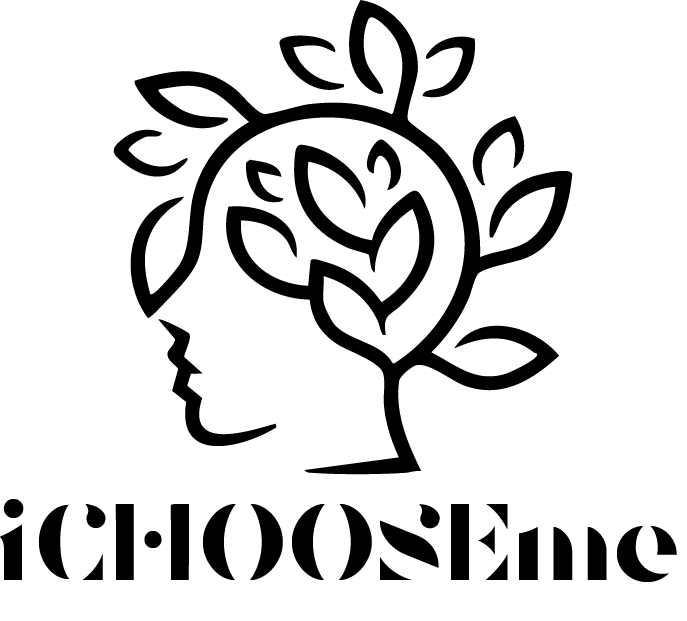Schema therapy, developed by Dr. Jeffrey Young, is an integrative approach that combines cognitive-behavioral, attachment, psychodynamic, and experiential approaches to help people identify and change deeply ingrained negative patterns (schemas). These schemas are typically developed in children because of unmet emotional needs, such as love, safety, validation, and influence thoughts, emotions, and behaviours in adulthood. In schema therapy, the focus is on childhood unmet needs that continue to impact people in adulthood, often manifesting though maladaptive patterns in thoughts, emotions and behaviours. These can show up in relationships, self-perception, and coping mechanisms.
Understanding Schema Therapy using The Schema Tree
Starting from the bottom, our temperament predisposes us to behave and cope in a certain way. We all have the same core emotional needs, however, the intensity varies for each individual. Some may be more sensitive and emotional, thus have higher needs. When some of our needs are not met, they give rise to maladaptive schemas, also known as core beliefs. When schemas are activated (in different situations), different modes or parts are activated, influencing how we cope and respond to the situation. The critic is one of the parts that is dark and critical, when it strikes, it often activates other modes/parts. The healthy adult is our rational mode/part that makes healthy decisions for us.
Diagram
Created by Teerousha M.S
Temperament
Similar to the impact of soil structure in determining the growth and health of a tree; the soil of the Schema Tree represents our temperament. Temperament refers to our innate traits that we are born with; they predispose us to behave in a certain way; influences our coping.
In schema therapy, the intensity of our needs are influenced by our temperament. For e.g. someone who is more sensitive, emotional and anxious will exhibit higher needs compared to someone who is less sensitive.
Core Emotional Needs
The roots represent our core emotional needs. The roots are essential in anchoring the tree, keeping the tree healthy and well-nourished by absorbing the nutrients that it needs. Unhealthy and under-nourished roots cause damage to the tree.
Similarly, our core emotional needs are vital in our development and functioning. When our core emotional needs are met in childhood, we develop healthy schemas (core beliefs) that contribute to healthy coping and functioning as adults.
When our emotional needs are not met in childhood, we develop early maladaptive schemas, mirrored through negative behavioural patterns and maladaptive coping. As adults, these schemas continue to get activated in certain situations, causing pain. These wounds are reopened because of those unmet core emotional needs in childhood.
Schemas
Schemas are developed early on in our developmental phase, as a result of unmet core emotional needs in childhood. They are influenced by the interaction between our temperament and the environment we are in, including our negative childhood experiences.
They are defined as a blend of beliefs, memories, somatic sensations and emotions. Because of its complexity, it can be challenging to work on changing these schemas. Schemas give birth to lifelong patterns that we transmit and reenact whenever our schemas are activated.
Our world view and lifelong patterns are confined within the frames of our schemas. They remain dormant until something in the environment triggers us and activate our schema/s that is/are attached to this particular trigger.
Modes – Coping, Child, Health Adult
Branches are essential for the tree’s growth, energy production, stability, nutrient distribution, reproduction, and overall survival. Each branch, by supporting leaves, flowers, and other structures, helps the tree thrive and maintain balance within its ecosystem.
Similarly, our modes/parts play a significant role in our functioning. Each mode has a different set of skills that is needed to cope in a specific situation. When schemas are activated, certain modes/parts are also activated, depending on what skills work best for this person to cope in that particular situation.
Some modes/parts are helpful while some may not be helpful; it is important to note that the functioning of modes is mainly for survival.
For example, when a staff gets criticised and demeaned by an angry client. The staff’s Defectiveness schema gets activated. His/her Vulnerable Child mode feels inferior and inadequate. To cope in this situation, he/she doesn’t respond, try to ignore the client, completely shuts down. The staff’s Detached protector mode has been activated, as a way to escape the feeling of being inferior because it is too painful to feel the inadequacy. While the Detached protector does an excellent job at protecting the staff from distressing emotions, it may not be helpful in the long term to adopt this coping because the individual avoids experiencing the hurt and address it. A heathier coping would be when the staff’s Healthy Adult mode takes a more kind and rational approach to better manage his/her emotions without avoidance. In Schema Therapy, we prioritise the development and strengthen the Healthy Adult mode to decide on healthier coping strategies.
Healthy Adult
Similar to how the sun and water are vital for a tree’s functioning and overall health and survival, the Healthy Adult plays a significant role in one’s functioning.
In Schema Therapy, the Healthy Adult mode represents the balanced, rational, and nurturing part of a person’s personality. This mode is capable of processing emotions, making decisions, and taking care of oneself in a responsible and adaptive way. The Healthy Adult can manage both the emotional needs of the vulnerable child and the critical tendencies of the punitive parent. It helps individuals respond to life’s challenges with emotional regulation, problem-solving, and a positive, realistic outlook. Strengthening this mode is a key goal in therapy, as it empowers individuals to make healthier choices and develop more adaptive behaviours.
Inner Parent/Critic Mode
When there is lightning and thunder, the health and functioning of a tree is impacted significantly. They can strike and damage the leaves and branches, making the tree more vulnerable. The tree suffocates, lacks oxygen and weakens.
In Schema Therapy, the inner critic is represented by lightning and thunder. The Inner Critic is the negative, judgmental voice inside a person’s mind that constantly criticizes or belittles them. It often comes from internalized messages or attitudes learned during childhood, typically from critical parents or caregivers. This voice can make the person feel inadequate, guilty, or unworthy, leading to feelings of shame and self-doubt. The Inner Critic often shows up in moments of stress, failure, or when the person is trying something new, and it can block personal growth and self-compassion.
Therapy helps individuals recognize and challenge this inner voice, promoting healthier, more positive self-talk.







